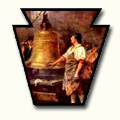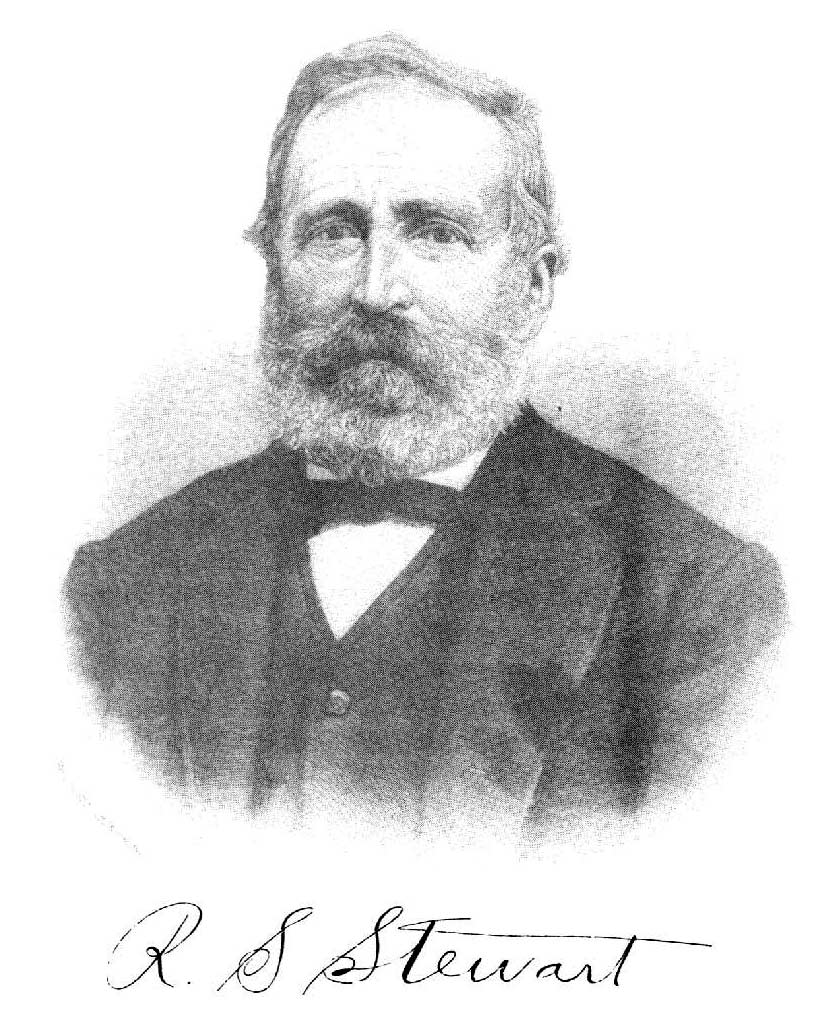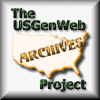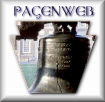| |
Page 544
HISTORY OF CLEARFIELD COUNTY.
ler, Sarah Hunter, Henry Hamlin, George Hoover, Abraham Hoover, Jacob Hoover,
John Holt, Jacob Hoover, jr., Michael Fink, Jacob Hubler, William Hall, Levi
Hubler, Edward Hill, Obed Hoover, Simon Hauckenbury, Joseph Ishman, John H.
Irvin, Edmund Jones, William G. Johnson, Henry Kyler, Conrad W. Kyler, Isaac
Kyler, Peter Keppler, John M. Katon, James Katon, Samuel Lonsbury, Benjamin
Lonsbury, Abraham Lonsbury, George Luzere, Rev. J. M. Mason, Joseph Montz, Mark
McGuire, George Moyer, David McDowell, John Martin, Samuel S. McEwen, Jacob
Mack, George Nearhood, Henry Neal hood, Henry Nearhood, jr., J. P. Nelson & Co.,
William Phenix, Christian Pace, Jacob Peters, Jacob C. Pace, Jonas Powell,
Harrison Ross, F. W. Russell, William Rolston, Alexander Rolston, William P.
Smeal, John Smeal, George Stever, Samuel Spitler, Benjamin Smeal, jr., Benjamin
Spackman, Andrew Smeal, Samuel Smeal, Robert Stewart, William Shimmel, jr.,
James H. Smeal, Abram Sever, John W. Turner, David Turner, Joseph Thompson,
Samuel Ulrich, John Ummerman, John W. Wilhelm, Jacob Wilhelm, William Woolridge,
James E. Watson, George W. Wells. The single freemen of the township, as shown
by the assessment, were as follows : Richard Dodson, John Nearhood, John
Woolslagle, John S. Jury, James McGuire, Luke McGuire, George Davidson, William
Davidson, George P. Hall, Amos Bornaman, Henry Evans, Cornelius Crowell, Charles
Taylor, William H. McClure, Curtin M. Graham, Jacob Taylor, William W.
Montgomery.
In addition to these the roll further shows the
names of residents of the township who were then subject to military duty. They
were Patrick Curley, William R. Green, George P. Hall, William Shimmel, Amos
Bornaman, Jacob Mock, Christian Pace, Andrew Smeal, Benjamin Chance, Benjamin
Lonsbury, jr., George Hoover, William English, Henry Evans, Henry Hamlin,
William H. McClure, James E. Watson, John Discorn, Samuel Smeal, John H. Smeal,
Benjamin H. Smeal, jr., John W. Turner, David Turner, Samuel Flegal, David
Crowell, Robert Stewart, Frederick Conklin, Cornelius Crowell, John H. Irvin,
Andrew Hunter, William G. Johnson, William Davidson, Jones Mons, Peter Kepple,
Amos Hubler, Isaac Kyler, Henry Nearhood, George Nearhood, John Nearhood, John
Woolslagle, Martin Cathaman, Simon Cathaman, David Chollar, James McGuire,
William P. Smeal, George Davidson, John S. Jury, Richard Dodson, George Lozier,
James P. Nelson, William Burge, Alexander Ralston.
This will serve to show who were the pioneers of
Graham township, although it represents, in the main, only the descendants of
the heads of families who endured the hardships incident to pioneer life. The
old residents, with but few exceptions, are dead, but there remained at the date
of this assessment, and there still remains in the township, many substantial
sons and grandsons bearing the family names : Hubler, descendants of Jacob
Hubler ; Kyler, descendants from Conrad Kyler, one of the early settlers in this
locality, and
|
|







